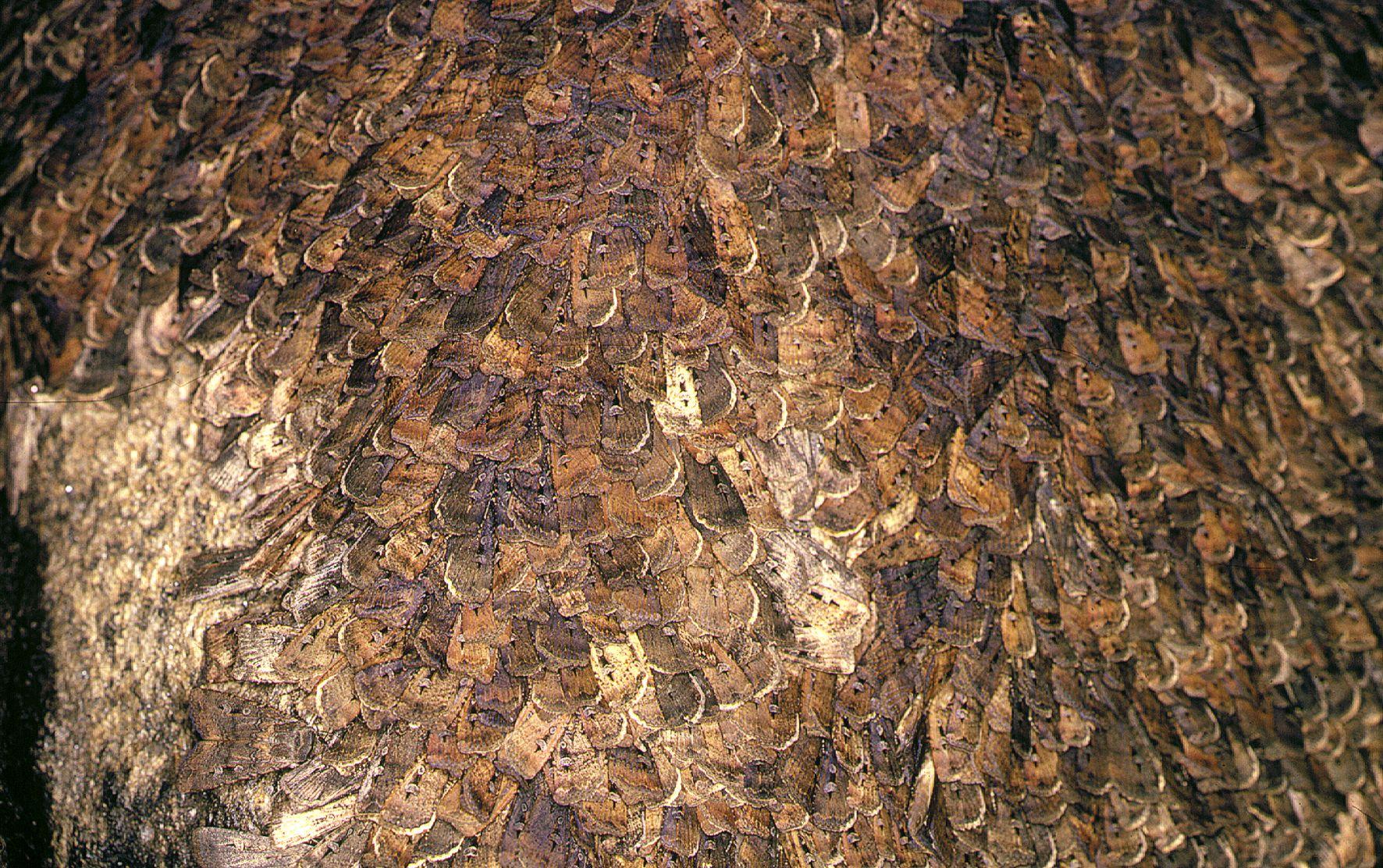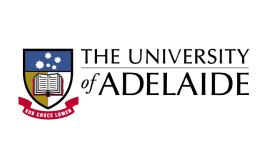Experts call for action to save Australia’s unique alpine invertebrates from climate impacts
Image: Kate Umbers
Media Release
14 August 2023
With the earth warming, global research has found that many invertebrates are moving toward cooler areas, be that pole-ward or upward in elevation, making scientists concerned about ecological implications.
Australia’s alpine invertebrates are at particular risk because they are already marooned on mountain tops, so can’t move up. They also face a range of other threats that compound that risk.
The Biodiversity Council and Invertebrates Australia are calling for new action to conserve our unique alpine invertebrates which they say are the tiny workhorses of our high-country alpine ecosystems.
A blistered pyrgomorph grasshopper. Image: Kate Umbers
Australia’s alps stretch from the high country of New South Wales to Tasmania. The vast majority of the region’s plants and animals are found nowhere else on earth.
Alpine ecosystems would collapse without invertebrates according to Dr Kate Umbers from Western Sydney University who is the Director of Invertebrates Australia and a member of the Biodiversity Council.
“Invertebrates include insects and other spineless animals, 95% of all animal species. They perform essential jobs like pollinating plants, improving soils, reducing leaf litter fuel loads, and are an essential nutritious food for many larger animals like the critically endangered mountain pygmy possum,” Dr Umbers said.
“Our alpine invertebrates are ecologically vital, but they are also unique creatures worthy of protection and as fascinating as many better known Australian wildlife.
“They include species like thermocolour grasshoppers that change colour from black to turquoise when their body temperature exceeds 25℃.
The chameleon grasshopper is only found in high elevations of the Australian Alps. Image: Kate Umbers
“And Bogong moths which use the stars to navigate to the Australian Alps from many hundreds of kilometres away as they seek cool caves and rock crevices as refuges in summer.
“Climate change is impacting alpine invertebrates through both sustained changes in climate conditions but also through catastrophic weather events which can drive unusually severe and extensive bushfires.
“Many alpine invertebrates rely on a thick snow blanket to protect their eggs over the winter. As Australia’s winter snow gets less reliable this can jeopardise the survival of these species.
“Declines in alpine invertebrates will have major ramifications for these globally unique and much loved ecosystems.
“Much of the Australian Alps region is contained in national parks, but this alone is not adequate protection for our alpine biodiversity. There needs to be far more ambitious action to minimise global warming to cool alpine regions.
“To give alpine ecosystems and species the best chance of coping with some climate change we also need to manage their other threats much better than we have to date, including feral animals, diseases and habitat destruction.
“We also need to empower Traditional Owners to connect to and manage Country,” Dr Umbers said.
Nira Balluk man of the Taungurung and member of the Biodiversity Council Matt Shanks is a Traditional Custodian of Victorian high country.
“We are experiencing a human induced rapid increase in the rate of change of climate because of western society’s broken relationship with Country.
“Until humans are honest with our relationships with Country and recognise our mutual dependence and obligation to care for Country we won't see a shift.
“The Deberra (Bogong Moth) is culturally significant to the Taungurung and other Traditional Custodians of these areas. The large gatherings in which cultural business was conducted during moth harvests are well known, and a very important element in the seasonal cycles of movement and knowledge exchange.

Bogong moths huddled on a rock face. Image: CSIRO CC BY 3.0 via Wikimedia Commons
“Deberra offered not only a rich source of food, but also connection with the deeply significant cultural landscapes of the Australian Alps.
“For Traditional Owners Deberra is, like all things, part of the inter-related web of Country. When Deberra travels and human and non-human entities follow it. It supports energy flows of many kinds, biocultural and biophysical.
“The decline of Bogong Moth is a sign that Country is sick, and sick Country tells us that right management is not being applied”, said Matt Shanks, Director of Cultural Land Management at Taungurung Land and Waters Council.













